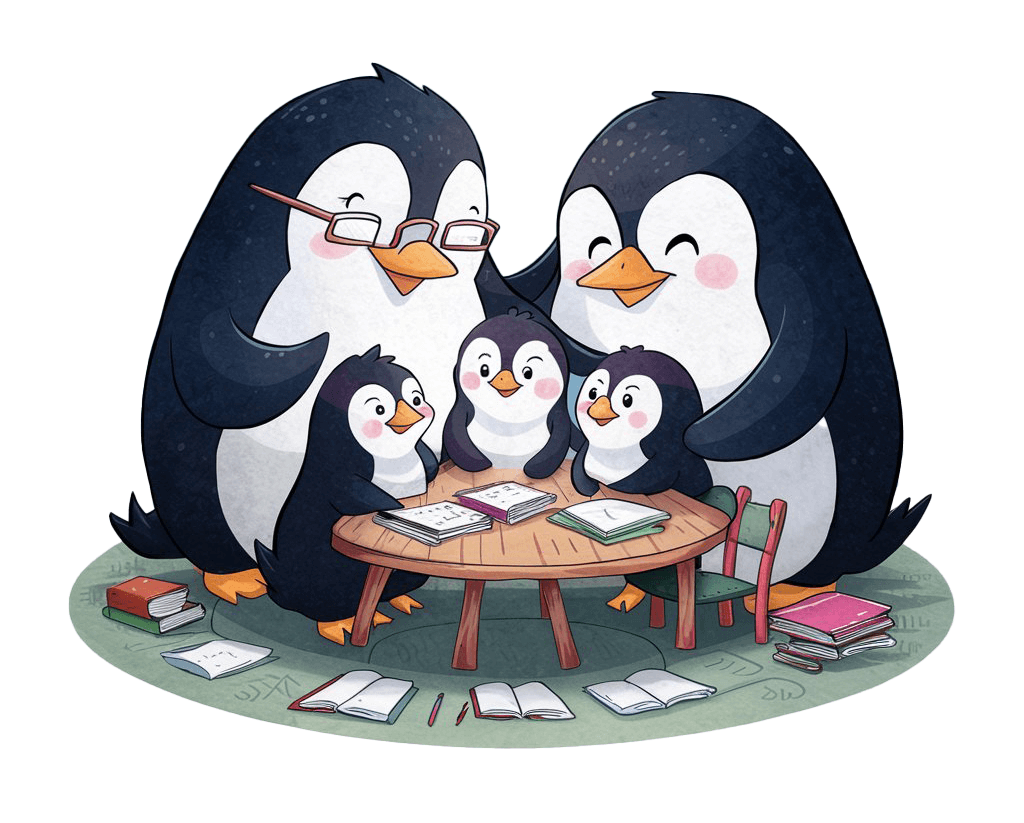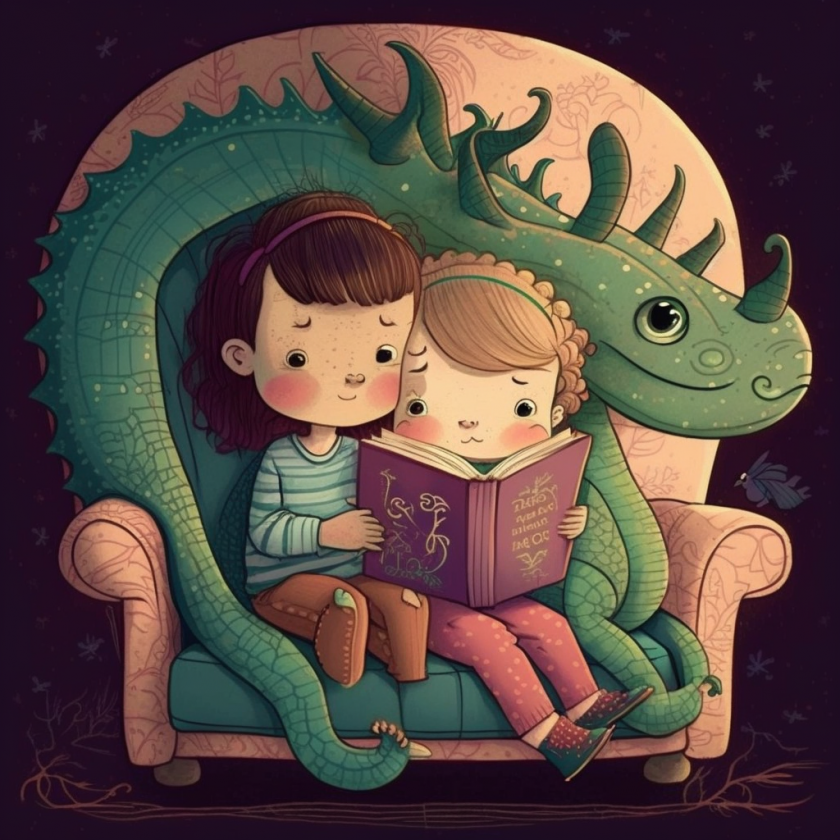Home education is so much easier if homeschoolers are enthusiastic, confident readers.
Reading aloud with kids has numerous benefits and it is a gentle, beneficial way to slow the pace and reconnect in the middle of a busy school day; the downtime equivalent of a toddler nap.
- Make reading fun!
Books mean stories, and stories mean adventures and explorations, funny voices and new characters. Reading means blanket forts, mugs of tea, cuddles, picnics and car-trips; as readers grow, books still mean adventure and exploration but also discussion, debate and widening horizons. If reading is not seen as a subject to learn but part of a lifestyle they lead, rather than approach it as a lesson reading becomes something they want to learn, to access their own literary wonderland.
Teaching a child to read won’t teach them to enjoy reading..reading with them as an activity that’s always relaxed, reading good books and sharing time together, can.
“…A children’s story which is only enjoyed by children is a bad children’s story.” ― C.S. Lewis
- Read Good Books
I agree with C.S. Lewis and refuse to read bad books with my children. Home education means the ability to read books our homeschoolers enjoy reading and class those books as ‘school’. We read eclectically and broadly – Enid Blyton, Dickens, J.K Rowling, Lewis Carroll, Arthur Conan Doyle, Wilbur Smith… Modern books and classic books, books that teach lessons, books that make us laugh and books that make us think. Time for both individual silent reading and reading aloud together is scheduled into our homeschool day, daily.
- Have accessible bookshelves.
Having access to reading books is as important as access to textbooks. Whether you build a home library, use digital ebooks or a public library service, giving children extensive access to books makes reading an accidental habit they’ll fall into. We live in an area without a local library so rely on a home library, consisting of books on bookshelves and ebooks interchangeably, as well as book swaps between friends. Accessible bookshelves, digital and tangible, of mixed reading level books will encourage kids to push themselves out of their reading comfort zone if the books on the shelves are intriguing.
(Giving unrestricted access to books sometimes means little ones will accidentally rip a corner and older readers will mark their place by ignoring the pile of bookmarks and spreading the book out with no regard for its spine – that’s ok! Books that are loved will wear and tear. Any special books you don’t want to risk (or library books you don’t want fines on..) can be placed higher up to be enjoyed only together, giving the stories a chocolate-like allure.)
- Let them choose what to read
In most aspects of home education we believe in the path of less resistance and that often means that if it’s possible to give the kids a choice, we do. Reading is no different. Just because a curriculum says a certain book should be read doesn’t mean that book has to be. Offer a variety of books suitable for their reading level, comprehension & maturity level and let them choose what to read, when. Any books they’re not ready to read yet again sit enticingly on higher shelves. (Commonsense Media is a good site to check suitability if you’re not familiar with a book.)
Let them pick from a choice of 3 books for the next Read-Aloud selection. Cram as many genres and writing styles onto the bookshelves as possible. Recommend certainly, but don’t insist.
(We named our eldest ‘Homeschool Librarian’ and it’s his job to recommend books to his sibling-classmates. This works really well as passive encouragement for younger siblings to catch up).
- Read Everywhere!
The act of reading shouldn’t be restricted by formality. Some books are meant to be read lying belly-down on the grass, others demand hot chocolate or picnics and all benefit from forts. Opinions strongly divide on whether books have any place in the bathtub… but it’s agreed that to leave the house without a book is a rookie mistake.
To add a book to an activity is always a good choice – whether that’s you reading to them while they focus on something else or listening to an audiobook together. The entertainment model of Lego / art + a parent-read book / audiobook was what protected our pandemic lock-down sanity and features often in a home-ed week.
- Model Reading for Pleasure
Dedicate a bookshelf entirely to your favourite books, make yourself a coffee and read quietly when they do, and always have an e-book app open as default on your phone. If homeschoolers see you reading for pleasure, they’ll copy if you give them access to the books.

